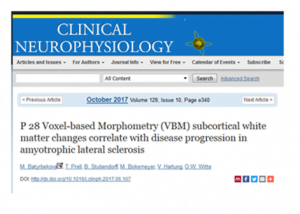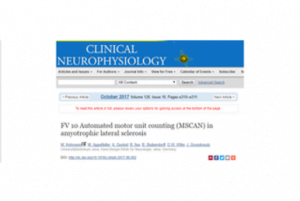A study published in Nature Communications announces a groundbreaking advancement which could potentially help patients requiring stem cell therapies for spinal cord injuries, stroke, Parkinson’s disease, Alzheimer’s disease, arthritic joints or any other condition requiring tissue regeneration.
Living organisms’ cells use a remarkable signaling machinery that has the capacity to switch signals on and off to activate complex processes. Until now, building artificial materials to replicate this dynamic capacity has been almost impossible.
The study reports the development of the first-ever synthetic material that has the capability to trigger reversibly this type of dynamic signaling. The platform could both lead to materials that manage stem cells for more effective regenerative therapies, and also allow scientists to study and develop new ways to control the fate of cells and their functions. One potential use of the new technology could help cure Parkinson’s disease. The patient’s own skin cells could be converted to stem cells using existing techniques. The new technology could help expand the newly converted stem cells in vitro, then signal them to differentiate into dopamine-producing neurons, which could then be transplanted back to the patient.
In the future, it may be possible to perform the process in vivo, using stem cells encapsulated in the new material injected directly into a targeted location. The patient would then receive soluble molecules to proliferate and differentiate the transplanted cells.
Paper: « New technology to manipulate cells could help treat Parkinson’s, arthritis, other diseases: DNA strands in materials act like traffic signals to start, stop cell activity or regenerate tissue »
Reprinted from materials provided by Northwestern University.



